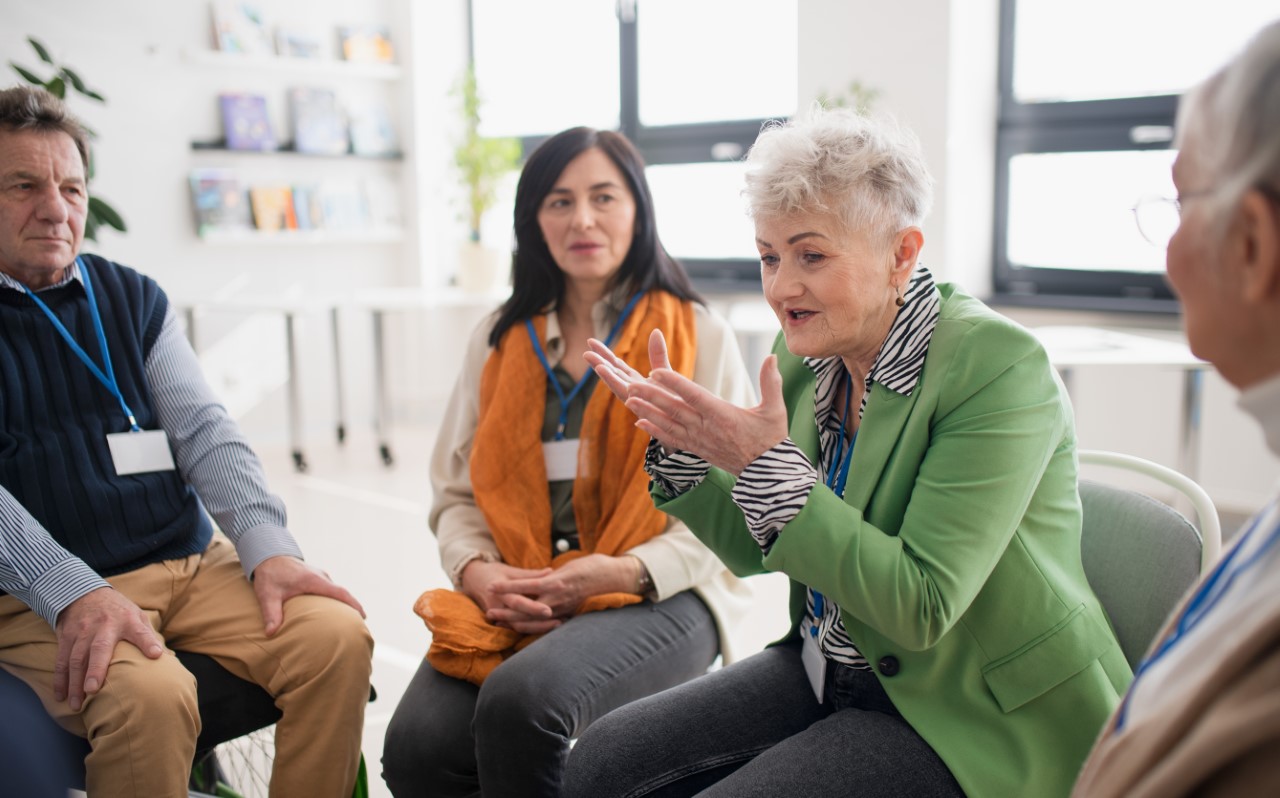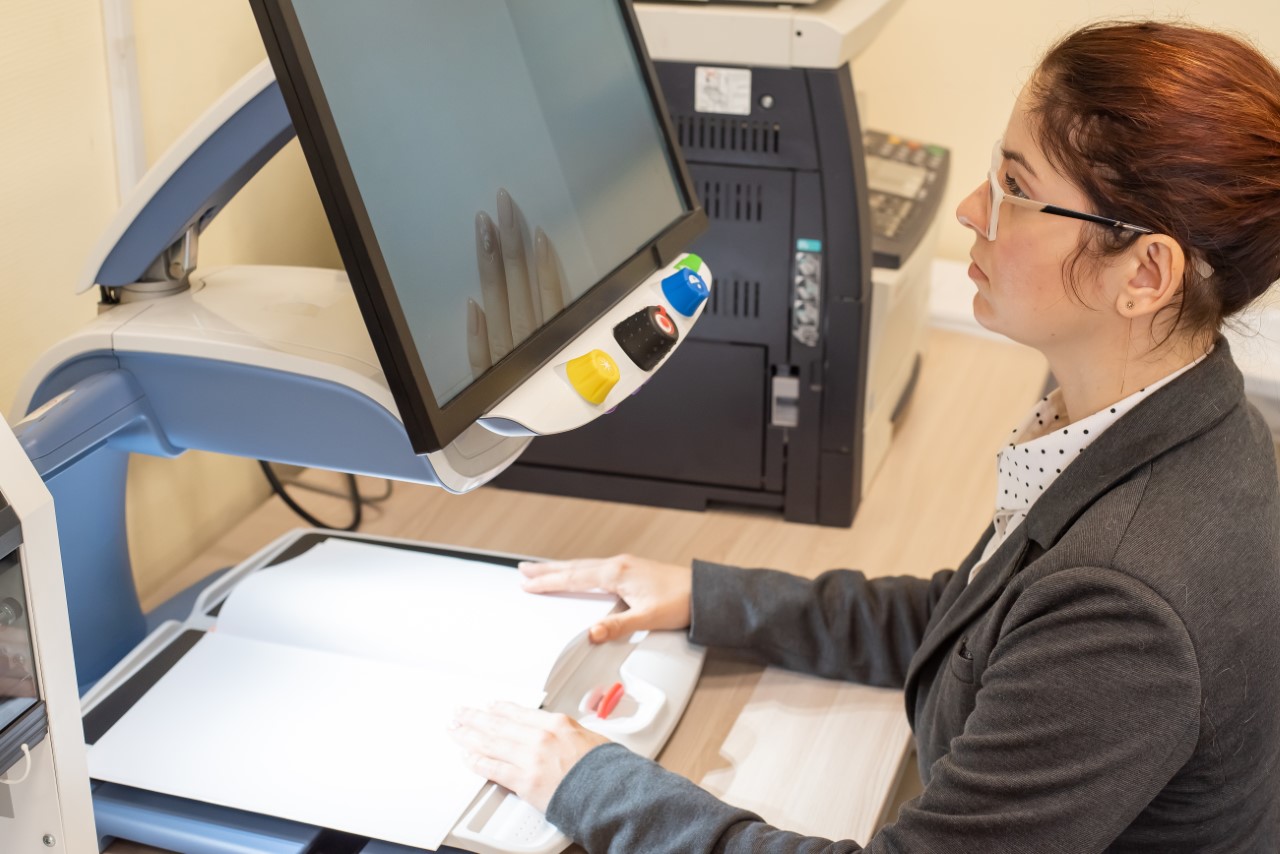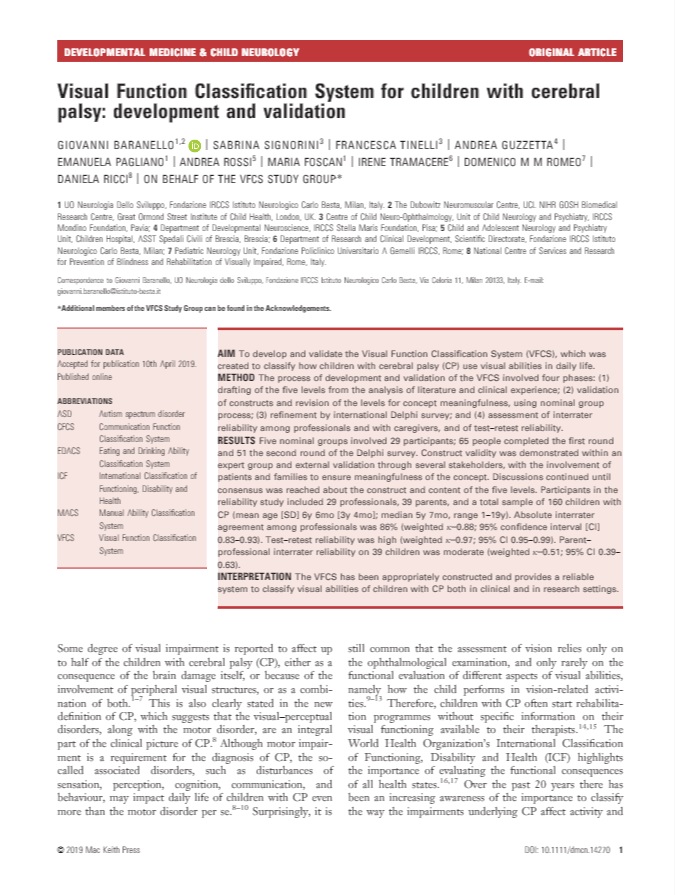
This document lays out international standards for the delivery of care and training of health professionals in vision rehabilitation and is the result of a collaboration with the WHO, which began in 2013.
The aim of the whole process has been to provide national governments with a set of guidelines on how to establish quality vision rehabilitation services, within which the various suitably trained professionals operate, in order to fill a global gap and place individual needs at the centre of the visual rehabilitation pathway.
The International Vision Rehabilitation Standards are globally designed and have been differentiated according to a country’s socio-economic setting and the age of patients (adult age vs pediatric age).

1. Vision rehabilitation
Vision rehabilitation must be considered an integral part of eye care. Even when the pharmacological and surgical options are exhausted and the disease (acute or chronic) causes visual impairment, at times severe, vision rehabilitation allows the visually impaired to reclaim a certain degree of autonomy and freedom, and helps children develop as harmoniously as possible.
2. THE NATIONAL LOW VISION CENTRE'S METHOD
At the very heart of this method are two multidisciplinary teams with specific skills that guarantee the care of adults and children, by building personalized rehabilitation paths.
The tools of this path are psychological support, functional training in the use of residual vision, the use of digital, electronic and optical “visual aids” – such as speech-to-text and reading software – magnifiers, digital accessibility options, video magnifiers, lenses, etc., and the use of innovative neurovisual rehabilitation techniques.
Psychological support to patients and caregivers, in particular, is the starting point: it is aimed at facilitating the process of adaptation to the new condition, by helping patients overcome the suffering caused by the disease, so that they may accept and complete their vision rehabilitation program.
3. Vision rehabilitation in children
Medical advances can now make it possible for very premature babies to survive after birth; however, this achievement is sometimes coupled with the development of disabilities, including visual impairment. Low vision in newborns and children affects their overall development, therefore the earlier the habilitation/rehabilitation interventions are initiated, the more effective they are likely to be.
2. THE NATIONAL LOW VISION CENTRE'S METHOD
At the very heart of this method are two multidisciplinary teams with specific skills that guarantee the care of adults and children, by building personalized rehabilitation paths.
The tools of this path are psychological support, functional training in the use of residual vision, the use of digital, electronic and optical “visual aids” – such as speech-to-text and reading software – magnifiers, digital accessibility options, video magnifiers, lenses, etc., and the use of innovative neurovisual rehabilitation techniques.
Psychological support to patients and caregivers, in particular, is the starting point: it is aimed at facilitating the process of adaptation to the new condition, by helping patients overcome the suffering caused by the disease, so that they may accept and complete their vision rehabilitation program.

4. The current state of affairs in Italy
The National Low Vision Centre, housed within the Fondazione Policlinico Universitario Gemelli IRCCS in Rome, is one of the very few centres specializing in vision rehabilitation in Italy that can boast a full team of experts. Investment in the training of specialist staff is urgently required in order to respond to the great need for eye-care on the Italian territory, which is currently seriously lacking.
The National Low Vision Centre and the International Agency for the Prevention of Blindness (IAPB Italy) are, on the one hand, strongly engaged in the field of care, research and training, and on the other hand are fully committed to disseminating information on healthcare and other subjects of common interest. Their objective is to raise awareness among healthcare professionals, institutions and the general public on the need for prevention, care and vision rehabilitation to improve individual well-being.








